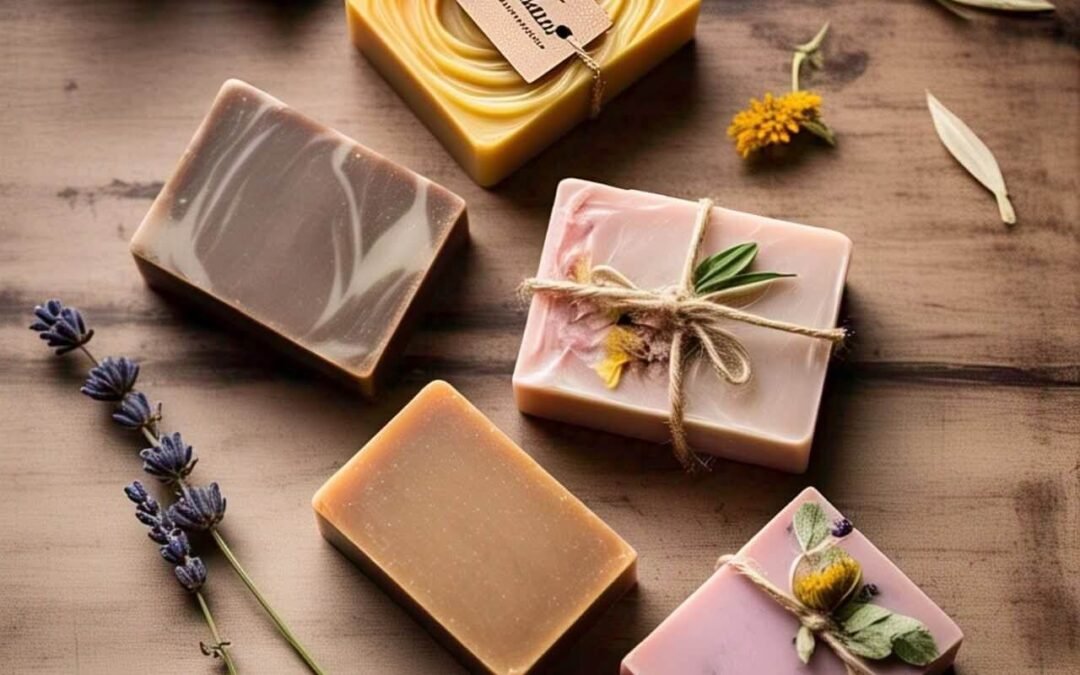
by Shaon | Mar 18, 2025 | Uncategorized
Turning Your Handmade Fashion into a Profitable Business
Creating homemade clothing is a rewarding craft, but getting your designs into the hands of customers requires planning and strategy. Whether you specialize in custom outfits, sustainable fashion, or unique handmade pieces, this guide will help you bring your creations to market successfully.
Identify Your Niche
Before selling, define what makes your clothing brand unique. Are you focusing on:
- Sustainable and eco-friendly fabrics?
- Custom-designed or made-to-order pieces?
- Trendy, vintage, or cultural styles?
Understanding your niche helps you attract the right customers and stand out in the fashion industry.
Source Quality Materials & Perfect Your Craft
Quality is key in homemade clothing. Ensure your fabrics and materials align with your brand values, whether it’s:
- Organic cotton or sustainable fabrics
- Hand-stitched details for uniqueness
- High-quality sewing and finishing techniques
A well-made product builds customer trust and repeat business.
Set Up Legal & Business Essentials
To sell your clothing legally, consider:
- Registering Your Business: Choose a business structure (LLC, sole proprietorship, etc.)
- Trademarking Your Brand Name: Protect your designs and brand identity
- Understanding Local Regulations: Ensure your clothing meets textile labeling laws
These steps help you operate professionally and avoid legal issues.
Create an Eye-Catching Brand
Branding is essential for attracting customers. Focus on:
- A Memorable Logo & Aesthetic: Choose colors, fonts, and themes that reflect your style
- Professional Packaging: Offer unique wrapping or eco-friendly tags
- High-Quality Photos: Showcase your clothing with great lighting and styling
Your branding should tell a story that resonates with your target audience.
Choose the Right Selling Platforms
There are multiple ways to sell your homemade clothing:
- E-commerce Platforms: Shopify, Etsy, Amazon Handmade
- Social Media Shops: Instagram, Facebook Marketplace, TikTok Shop
- Local Boutiques & Markets: Partner with small stores or join craft fairs
Choosing the right platform depends on your audience and production capacity.
Market Your Clothing Effectively
To reach more customers, use strategic marketing:
- Social Media Marketing: Share styling tips, behind-the-scenes content, and customer reviews
- Influencer Collaborations: Partner with fashion bloggers to showcase your designs
- Email Campaigns & Discounts: Offer exclusive deals to loyal customers
Consistent marketing increases brand awareness and sales.
Scale Your Business
Once your clothing line gains traction, consider scaling by:
- Outsourcing Production: If demand increases, partner with ethical manufacturers
- Expanding to New Markets: Sell internationally or in retail stores
- Launching New Collections: Keep customers engaged with seasonal releases
A successful clothing business adapts and evolves with market trends.
Final Thoughts
Selling homemade clothing is a journey that requires creativity, strategy, and persistence. With the right approach, your passion for fashion can turn into a thriving business!
Are you ready to launch your clothing line? Share your thoughts and experiences in the comments below!

by Shaon | Mar 18, 2025 | Uncategorized
Turning Your Passion into Profit
Creating homemade cosmetics is an exciting and rewarding journey, but getting them into the hands of customers requires strategic planning. Whether you’re making organic skincare, handmade soaps, or natural makeup, here’s a step-by-step guide to successfully launching your brand in the market.
Research the Market
Before launching your products, research current beauty trends, target audience preferences, and competitor brands. Understanding your niche will help you position your cosmetics effectively.
- Identify what makes your product unique
- Study competitor pricing and packaging
- Analyze consumer demand for natural or organic beauty products
Perfect Your Product & Ensure Safety
Cosmetics require safety and stability testing to ensure they are skin-friendly and long-lasting. Invest in:
- Ingredient Testing: Verify that your ingredients comply with cosmetic regulations
- Formulation Stability: Ensure the texture, scent, and shelf-life are consistent
- Labeling Compliance: Follow local cosmetic labeling laws for ingredients and warnings
Get the Necessary Certifications
Depending on your country, homemade cosmetics may require certifications such as:
- FDA or EU Cosmetic Regulation Compliance
- Cruelty-Free or Vegan Certification
- Organic or Natural Product Certification
Having these credentials builds consumer trust and credibility.
Develop Attractive Branding & Packaging
First impressions matter! Invest in professional branding with:
- A catchy logo that reflects your brand’s identity
- Eco-friendly or aesthetic packaging that aligns with your niche.
- A website and social media presence to showcase your products
Choose the Right Sales Channels
You can sell your homemade cosmetics through multiple platforms:
- E-commerce: Set up a store on Shopify, Etsy, or Amazon Handmade
- Local Stores & Markets: Partner with boutiques or attend craft fairs
- Social Media & Influencers: Promote on Instagram, TikTok, and Facebook
Market Your Brand Effectively
Use digital marketing strategies to reach a larger audience:
- Social Media Ads: Target potential customers on Facebook & Instagram
- Influencer Collaborations: Send free samples to beauty bloggers
- Email Marketing: Build a loyal customer base with exclusive offers
Final Thoughts
Making homemade cosmetics to market requires patience, dedication, and a strong brand identity. Following these steps can transform your passion into a profitable business!
Are you ready to launch your cosmetic brand? Share your journey in the comments!

by Shaon | Mar 18, 2025 | Uncategorized
Homemade soaps! Making your own soap can be a fun and rewarding DIY project.
Here are some benefits and tips to get you started:
Benefits of Homemade Soaps
1. Customization: Choose your own ingredients, fragrances, and colors.
2. Natural ingredients: Avoid harsh chemicals found in commercial soaps.
3. Cost-effective: Make large batches at a lower cost.
4. Unique gifts: Create personalized soaps for friends and family.
Basic Ingredients
1. Oils (olive, coconut, palm, etc.)
2. Lye (sodium hydroxide)
3. Distilled water
4. Fragrance oils or essential oils
5. Colorants (optional)
Tips for Making Homemade Soap
1. *Safety first*: Wear protective gear (gloves, goggles, etc.) when handling lye.
2. *Use a recipe*: Find a reliable recipe online or in a soap-making book.
3. *Mix carefully*: Combine lye and water slowly, avoiding splashes.
4. *Blend oils*: Mix oils thoroughly before adding lye mixture.
5. *Pour into mold*: Pour soap mixture into a prepared mold.
6. *Cure soap*: Let soap cure for 4-6 weeks before using.
Popular Homemade Soap Recipes
1. Simple Olive Oil Soap
2. Coconut Oil and Shea Butter Soap
3. Lavender and Honey Soap
4. Cinnamon and Oatmeal Soap
Resources
1. Online soap-making communities and forums
2. Soap-making books and tutorials
3. Local craft stores or soap-making suppliers
Get creative and have fun making your homemade soaps!



